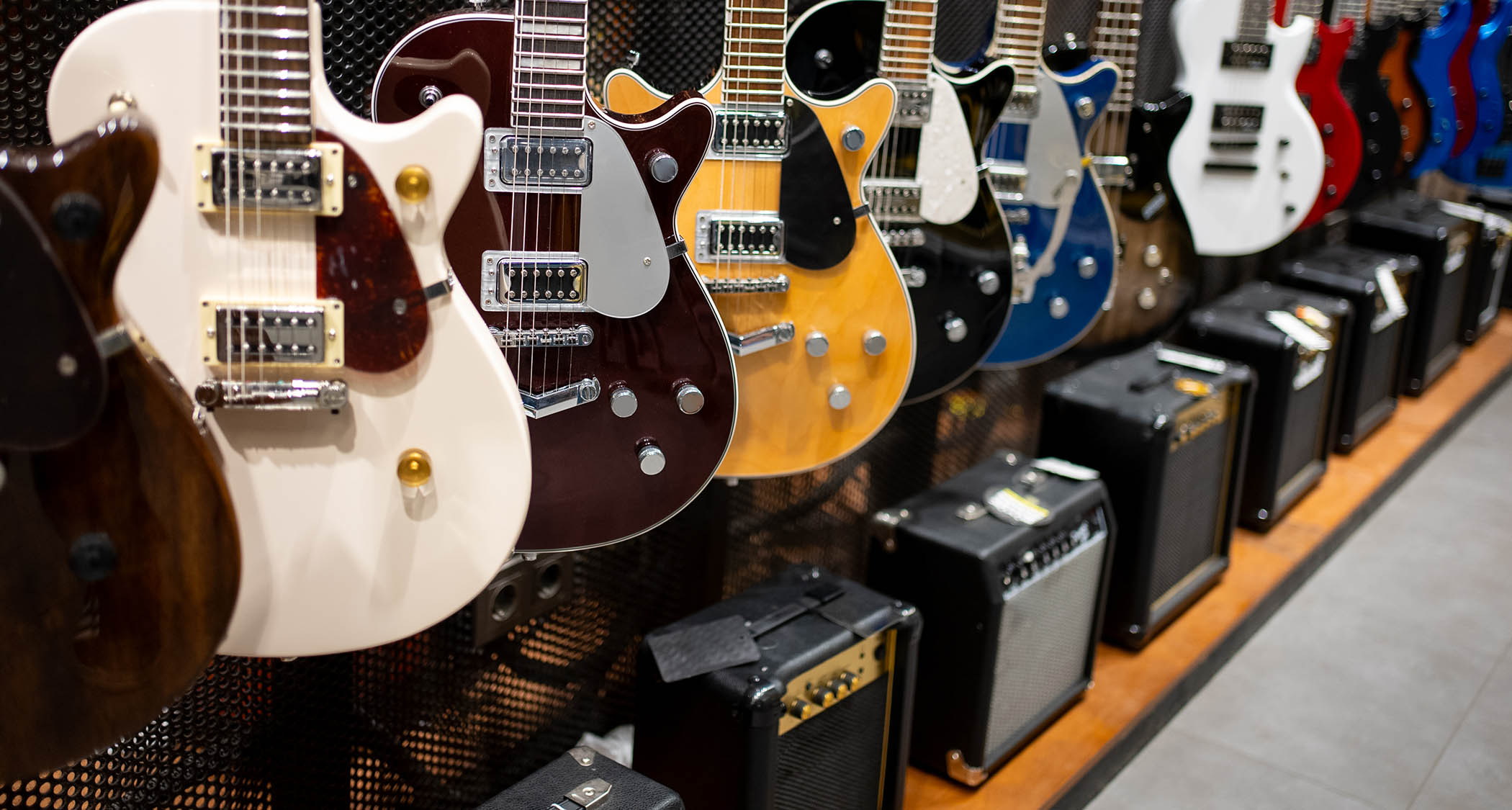“Eric has done more trying to be the best that he can be than anybody I’ve ever seen. He works hard on his tone, sound, and techniques”: Stevie Ray Vaughan was in awe of his playing – and these 10 Eric Johnson techniques will take your solos up a notch
The Texas virtuoso has a phenomenal command of touch, tone and technique – find out how you can apply his playing approaches to your own style

Texan virtuoso Eric Johnson is no stranger to any fans of both great guitarists and good music.
From his earliest fusion recordings in the early ’70s with The Electromagnets, through his session work with artists such as Cat Stevens and Christopher Cross, collaborations with Steve Vai, Mike Stern and Joe Satriani, on to his ever expanding collection of releases as a solo artist, Eric has consistently produced cutting-edge guitar-based music.
He has roots in the blues but is not afraid to push the boundaries with flawless playing and meticulous attention to detail and tone. After recreating the classic G3 lineup with Joe Satriani and Steve Vai this year, his playing and artistry is as cutting-edge, vital and relevant as it has ever been.
Eric’s playing has majesty and intelligence, but can also be edgy and driving when required. He successfully balances his influences, ranging from Jeff Beck, Jimi Hendrix and Eric Clapton through Wes Montgomery, Chet Atkins and John McLaughlin, distilled through his expansive musical imagination to create a sound that is stylistically authentic and highly original in equal measure.
There is a real breadth and depth to Johnson’s knowledge of the guitar, both in terms of playing and in getting the best tone possible by using the optimum equipment for each musical situation. Indeed, this prompted Stevie Ray Vaughan to famously remark, “Eric has done more trying to be the best that he can be than anybody I’ve ever seen. He works hard on his tone, sound, and techniques.”
Although Johnson is undoubtedly a ‘guitarist’s guitarist’ (Eric Gales, Andy Timmons and Andy Wood are just three of his many famous fans), at no point does he let this get in the way of the musical intention. While Eric freely draws from a diverse sonic palette of influences, he is quick to acknowledge the significance that each guitarist has played in the formation of his personal sound.
The musical examples that accompany this article explore a range of crucial areas of Johnson’s playing. We begin with a selection of 10 classic EJ-inspired ideas, moving through examples that promote fretboard fluency, illustrate classic blues and rock vocabulary, develop intervallic dexterity, display mixed rhythmic groupings and more.
All the latest guitar news, interviews, lessons, reviews, deals and more, direct to your inbox!
We then round off this exploration of Eric’s playing with a cohesive solo study, in the key of D minor, that contextualises these ideas and techniques into a set study that can be considered a microcosm of how Eric might improvise. And I’m utterly certain that this would be completely freely and totally on the fly. He’s a wonderfully impressive player, and I’m sure you’ll get a huge amount, as I do, from studying his remarkably inventive and original style.
Example 1
We begin with a collection of 10 EJ-inspired lines, concepts and licks, all in the key of D minor against a static D5 boogie shuffle groove. In turn, these ideas highlight fingering flexibility in 1a) mapping out all the various D minor pentatonic (D-F-G-A-C) positions by shifting with the first finger.
Then we have a selection of classic blues-rock phrases echoing his Clapton-inspired vocabulary in 1b). We continue with a line that alternates between D minor and A minor pentatonic (A-C-D-E-G) in 1c), giving us the cumulative sound of Dm11 (D-F-A-C-E-G).
For example 1d), we’re focusing on Johnson’s remarkable prowess with intervallic leaps, before taking a look at a pair of lines that illustrate his amazing facility with economy picking and artificial harmonics (1e and 1f).
Double-stops are the focus of 1g) before moving onto some repeating pentatonic patterns in 1h), followed by expressive arpeggios in 1i). We conclude this section with 1j), a mixed line of rhythmic groupings that moves between quintuplets (5s), 16ths (4s) and triplets (3s).
Example 2
We conclude with a cohesive solo, again based around a boogie shuffle-feel blues in D minor. In this short but jam-packed study we see a number of Eric’s concepts put to work, such as the intervallic line in bar 1.
There’s a really hip tritone substitute triad idea that Eric is particularly fond of in bar 4, where Ab major (Ab-C-Eb) is juxtaposed against D, to imply D7b5b9, resolving to G in bar 5. There’s also some artificial harmonic action in bars 8 and 12 (he uses note specific pinch harmonics too), along with a host of classic pentatonic lines throughout.
Learn this solo entirely then break it down into smaller component parts. With the smaller parts, compose and/or improvise something along similar lines, blending your original ideas with these EJ licks and phrases.
John is Head of Guitar at BIMM London and a visiting lecturer for the University of West London (London College of Music) and Chester University. He's performed with artists including Billy Cobham (Miles Davis), John Williams, Frank Gambale (Chick Corea) and Carl Verheyen (Supertramp), and toured the world with John Jorgenson and Carl Palmer.

